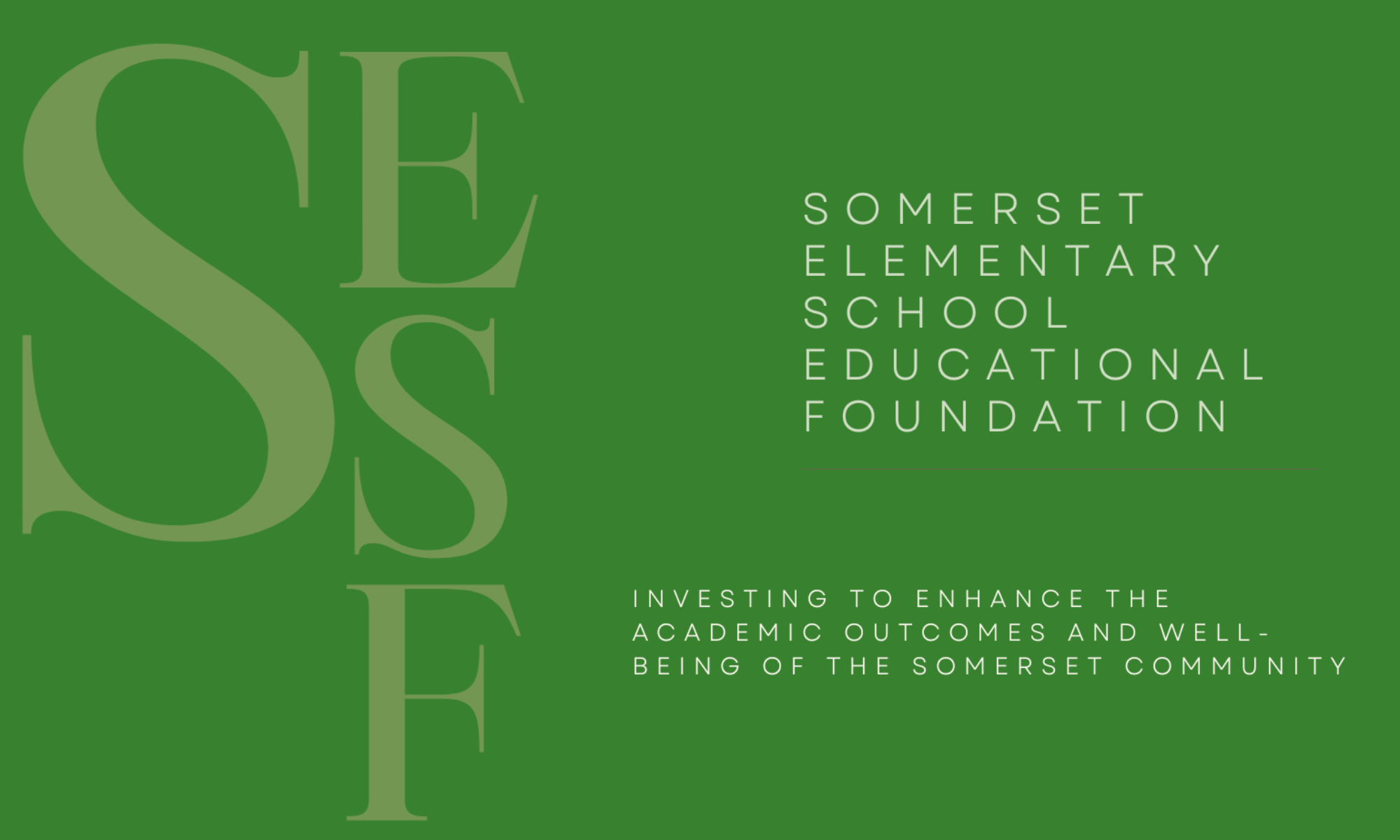 In 2008, the Board supported an initiative with an even broader community impact: The fourth grade’s Somerset Sacks project. The teachers requested a grant to order reusable fabric bags as part of their study of recycling and the environment. They planned to have the children sell the bags at a price above cost and donate the profits to an organization committed to improving the health of our environment. By underwriting the initial cost of these bags, the Board sought to fulfill two parts of its mission: supporting academics, in this case, science; and supporting community service, in this case, environmental awareness.
In 2008, the Board supported an initiative with an even broader community impact: The fourth grade’s Somerset Sacks project. The teachers requested a grant to order reusable fabric bags as part of their study of recycling and the environment. They planned to have the children sell the bags at a price above cost and donate the profits to an organization committed to improving the health of our environment. By underwriting the initial cost of these bags, the Board sought to fulfill two parts of its mission: supporting academics, in this case, science; and supporting community service, in this case, environmental awareness.
Teachers’ Comments on the Somerset Sacks
“We have deeply appreciated the unwavering support shown by the Somerset Foundation. The fourth grade was very fortunate to receive seed money to allow us to develop our service learning project, the sale of Somerset Sacks. This project provided opportunities to teach students about the importance of helping to protect the environment by limiting our use of plastic bags by switching to reusable sacks.”
